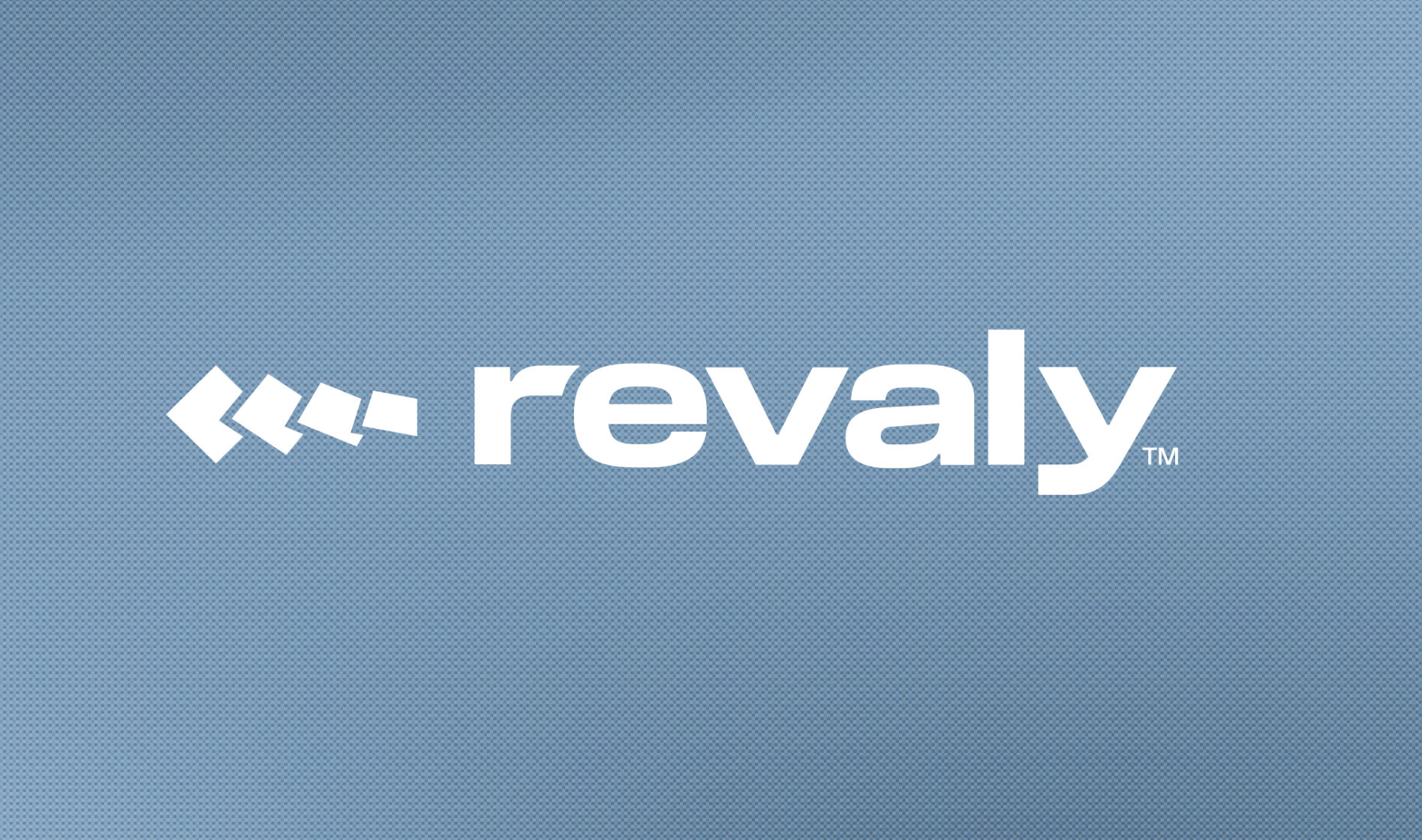
Unsubscription Dos and Don’ts: Four Best Practices In Handling Subscription Cancellations
When customers want to cancel, what are the smartest ways to soften the blow?
HELLO!
This premium article is exclusively reserved for Subscription Insider PRO members.
Want access to premium member-only content like this article? Plus, conference discounts and other benefits? We deliver the information you need, for improved decision-making, skills, and subscription business profitability. Check out these membership options!
Learn more about Subscription Insider PRO memberships!
Already a Subscription Insider PRO Member?
Please Log-In Here!

Michael Moran Alterio
Michael Moran Alterio is Subscription Insider’s staff writer focused on subscription business trends and research. He is a journalist and data analyst with over 20 years of experience with a keen sense for the story behind the spreadsheet.
More Articles By Michael Moran Alterio








